Optimal Timing for Fabric Awning Installation
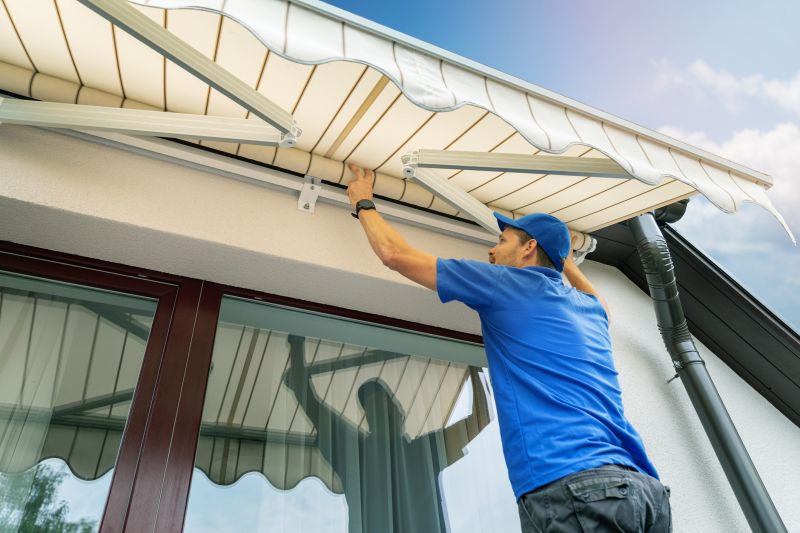
Spring offers moderate temperatures and longer daylight hours, ideal for installing fabric awnings.
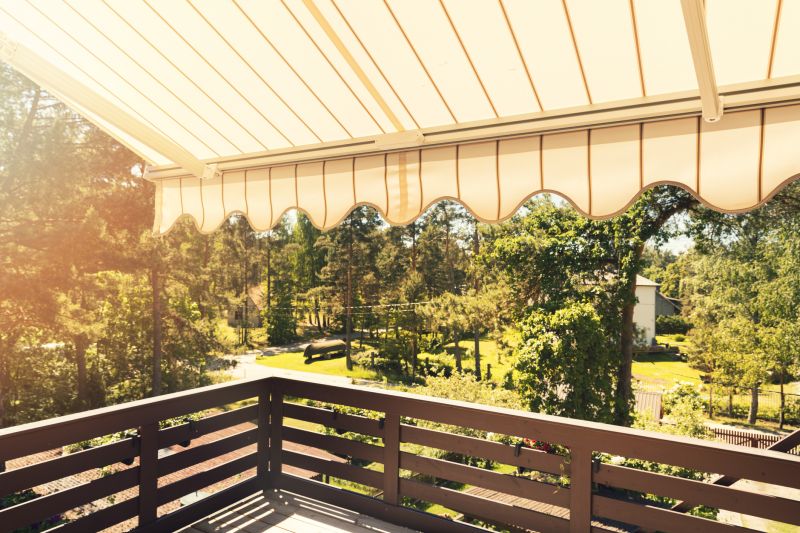
Summer provides warm weather, but high humidity can affect installation conditions.
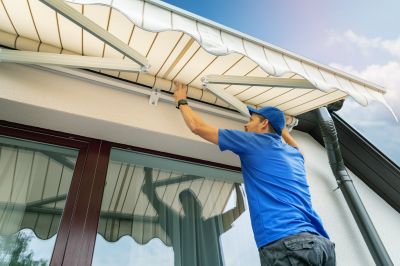
Fall's cooler temperatures and dry weather make it suitable for installation before winter.
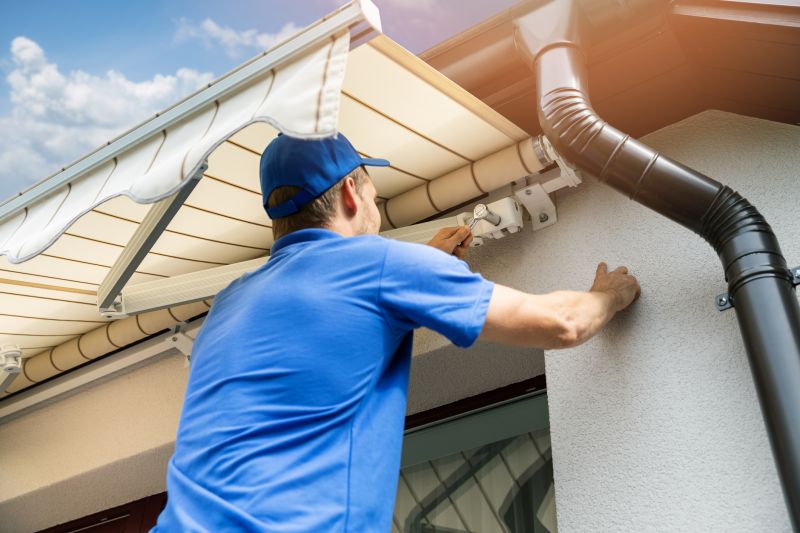
Winter is generally less ideal due to cold temperatures and potential for snow or rain.
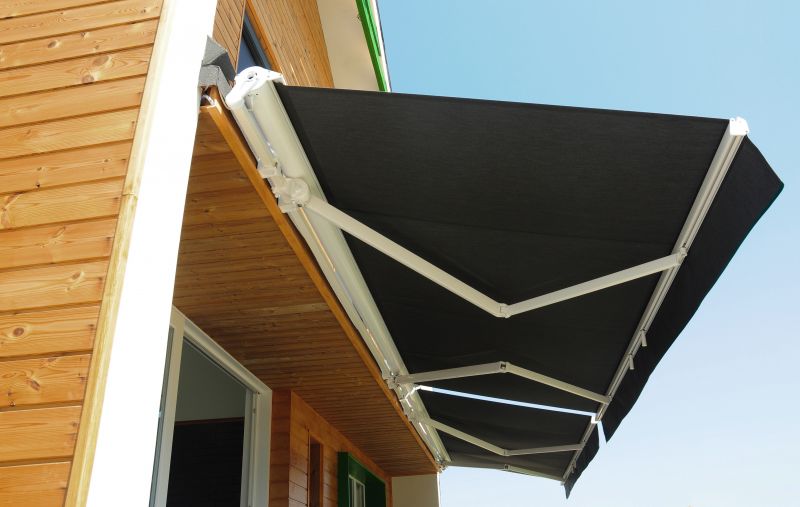
Ways to make Fabric Awning Installations work in tight or awkward layouts.
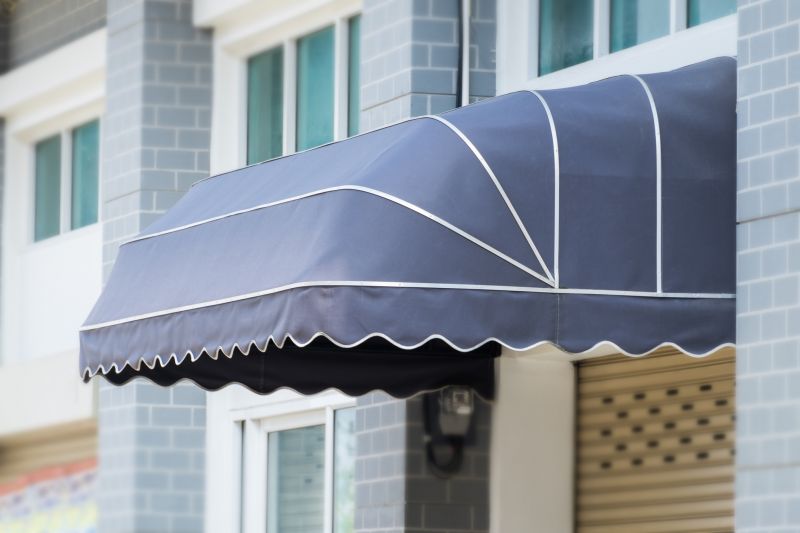
Popular materials for Fabric Awning Installations and why they hold up over time.
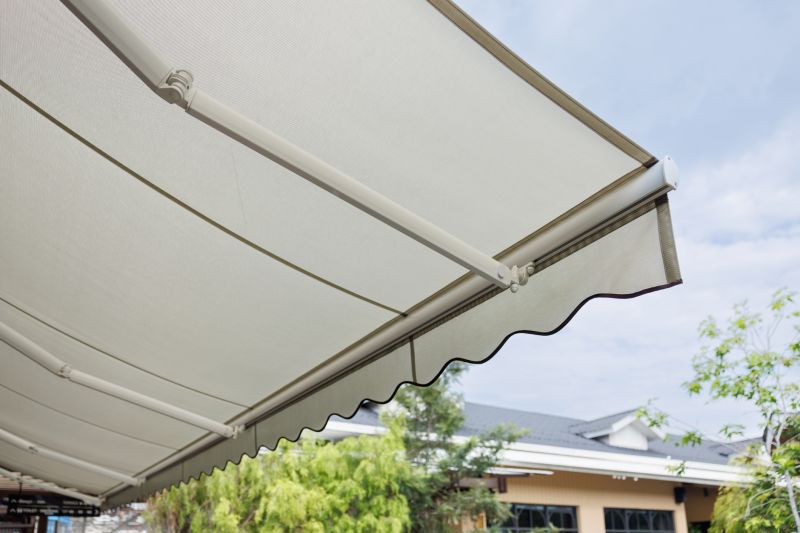
Simple add-ons that improve Fabric Awning Installations without blowing the budget.
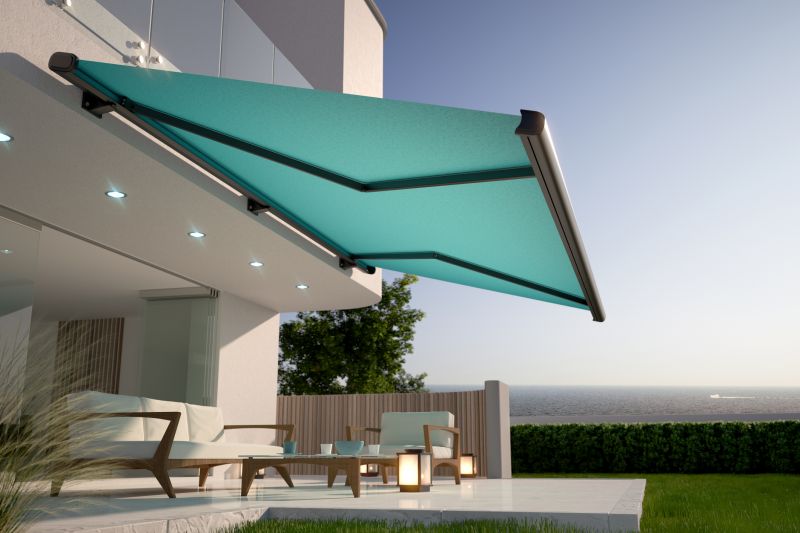
High-end options that actually feel worth it for Fabric Awning Installations.
Fabric awning installations are typically best scheduled during periods of stable weather. Proper installation ensures durability and optimal performance. Seasonal considerations can influence the longevity of the awning fabric and hardware, making timing an important factor for successful setup.
Statistics indicate that installations performed in spring and fall tend to experience fewer weather-related delays and issues. These seasons often provide the ideal combination of temperature and dryness, reducing risks associated with high humidity or extreme cold. Planning around these periods can lead to more efficient installation processes and longer-lasting results.
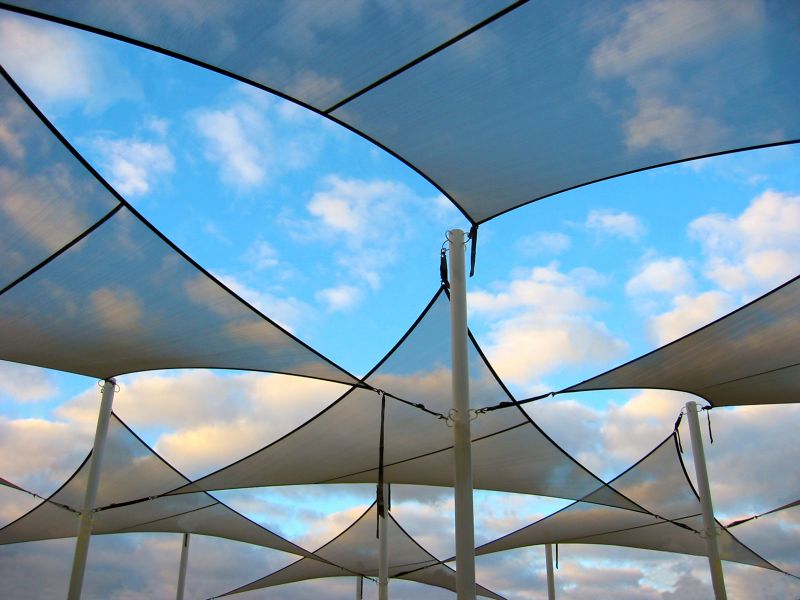
Spring installations benefit from moderate temperatures and longer days for easier setup.
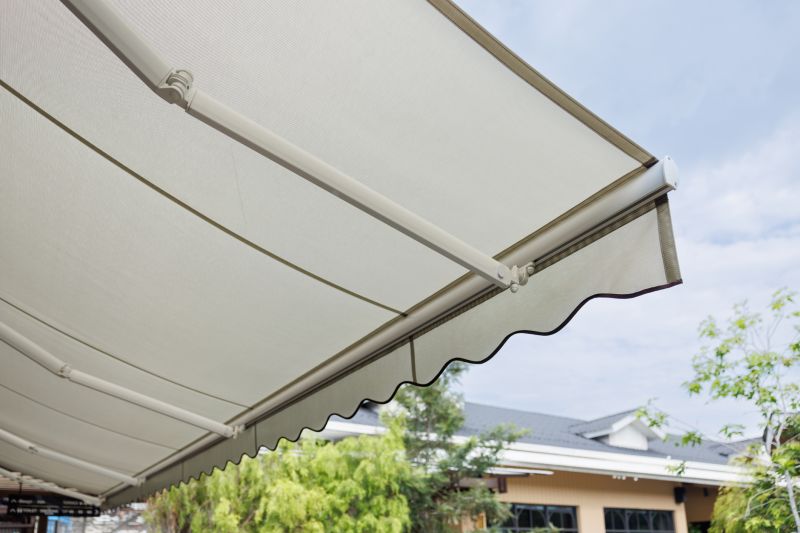
Warm weather allows for quick installation, but high humidity may require additional precautions.

Cool, dry conditions support effective installation before winter.
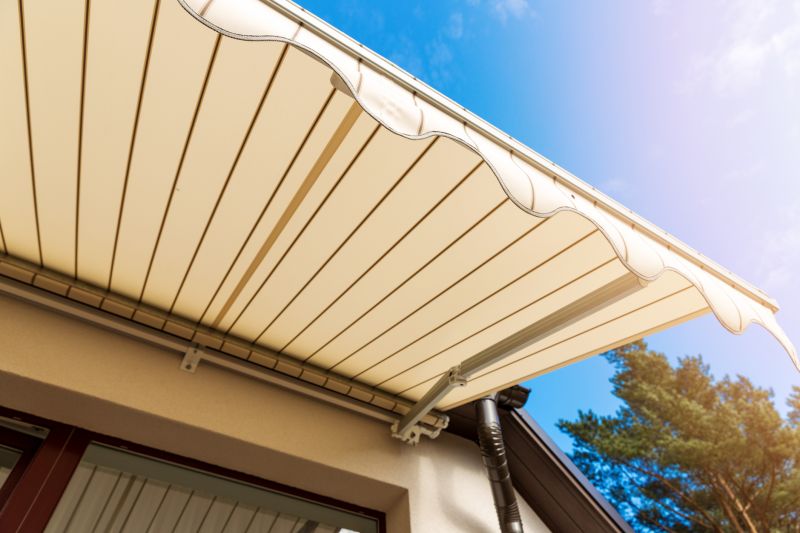
Cold temperatures and precipitation can hinder installation efforts.
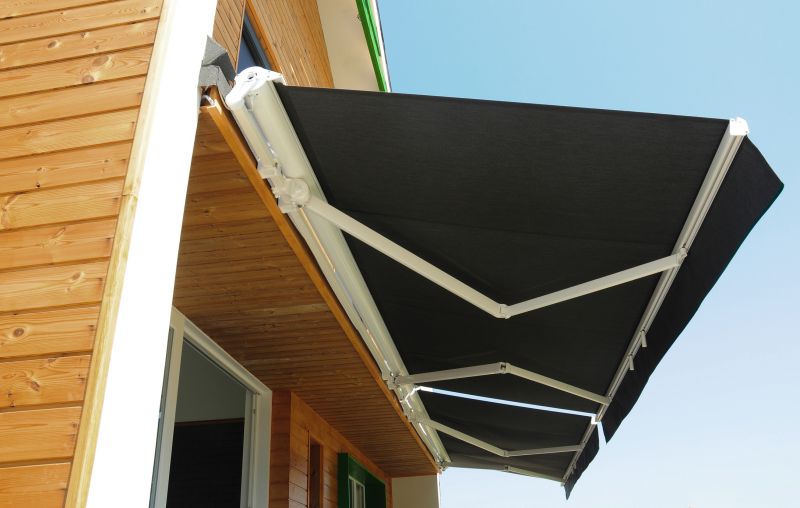
Proper planning and weather assessment are crucial for successful fabric awning installation.

Unfavorable weather can cause delays and affect the quality of installation.
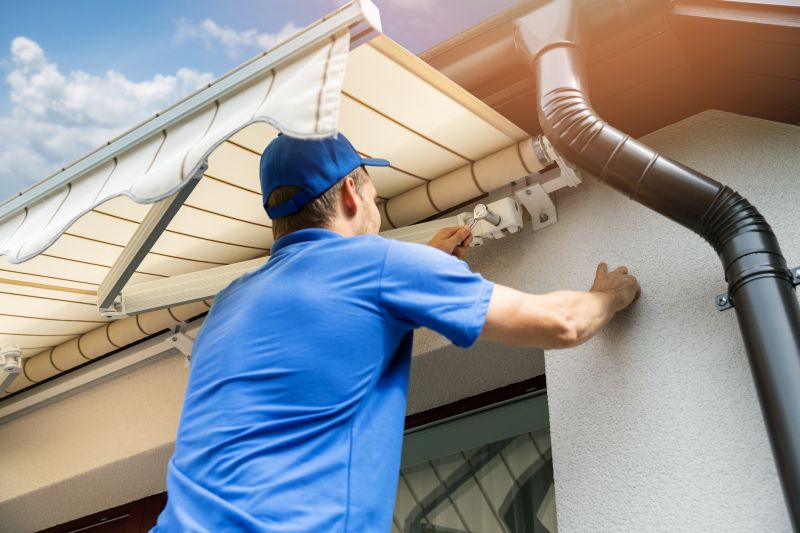
Stable, dry, and mild weather ensures the best results for fabric awning setup.

Choosing the right season can extend the lifespan of the fabric and hardware.
| Season | Ideal Conditions |
|---|---|
| Spring | Moderate temperatures, longer daylight, less humidity |
| Summer | Warm weather, higher humidity, potential for storms |
| Fall | Cool, dry weather, stable conditions |
| Winter | Cold temperatures, precipitation, snow risk |
Choosing the appropriate time for fabric awning installation can impact both the process and the longevity of the product. Proper timing helps avoid weather-related setbacks and ensures the awning is securely installed in optimal conditions.
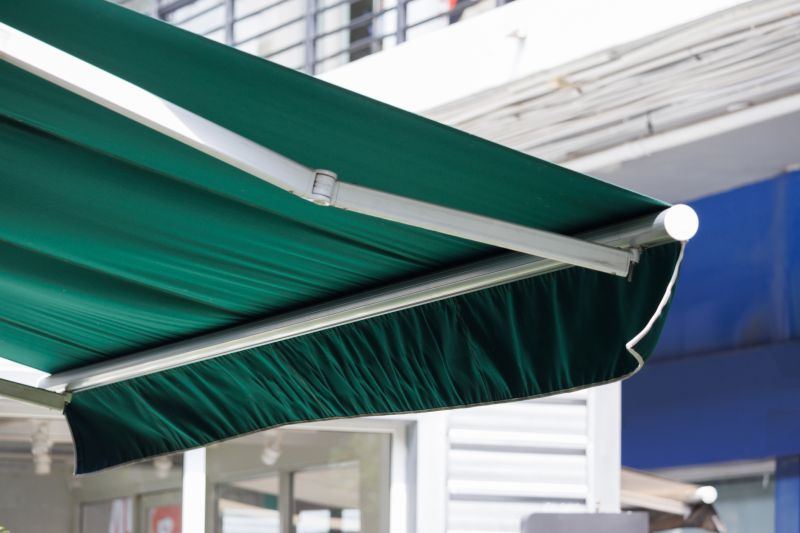
Proper planning and weather assessment are key for successful setup.
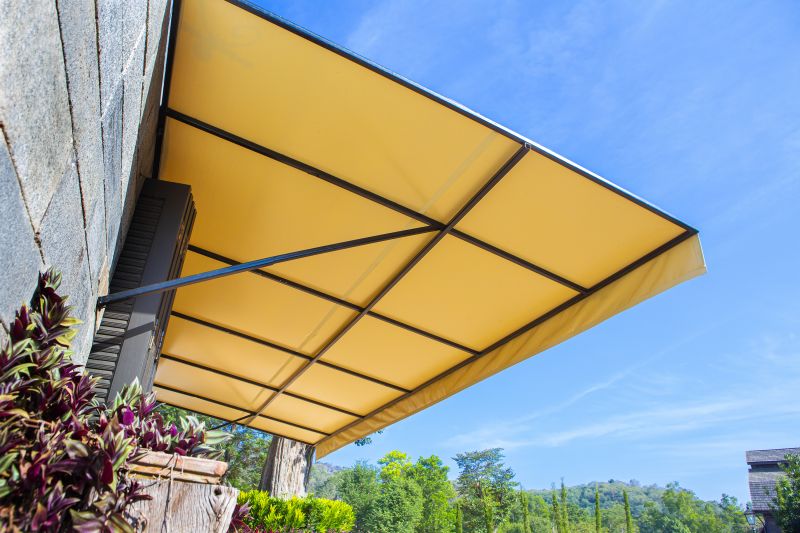
Dry, mild days support better adhesion and hardware performance.
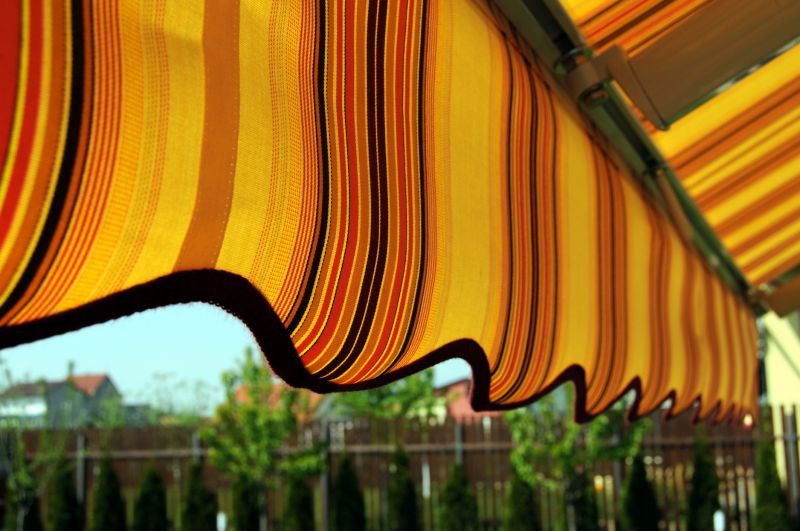
Spring and fall installations tend to have fewer weather disruptions.
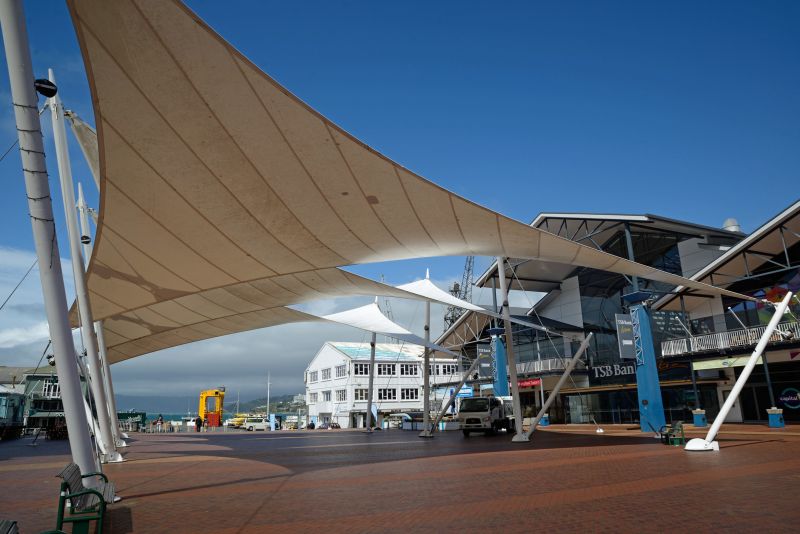
Scheduling during favorable weather minimizes delays and issues.
Interested parties are encouraged to contact for further details on scheduling fabric awning installations during the optimal seasons. Proper timing can contribute to a more efficient process and longer-lasting results.
Finishes and colors that play nicely with Fabric Awning Installations.
Little measurements that prevent headaches on Fabric Awning Installations day.
A 60-second routine that keeps Fabric Awning Installations looking new.



